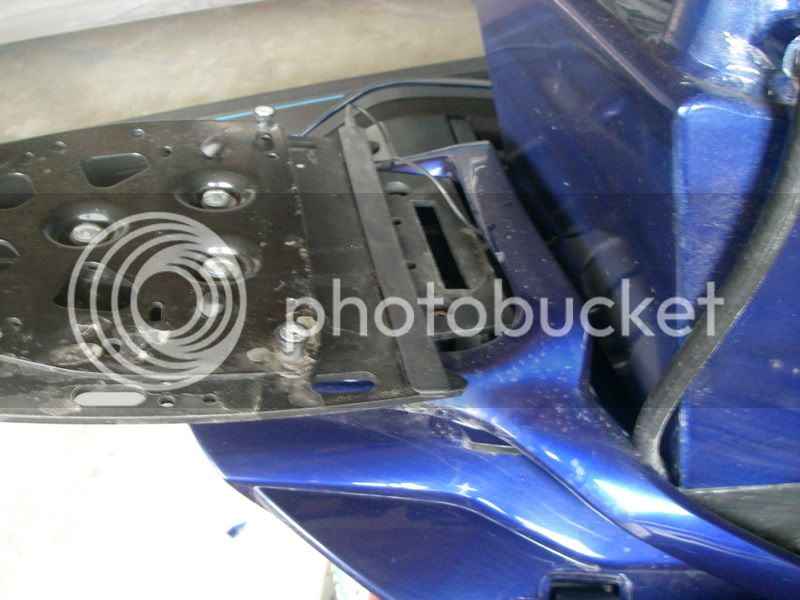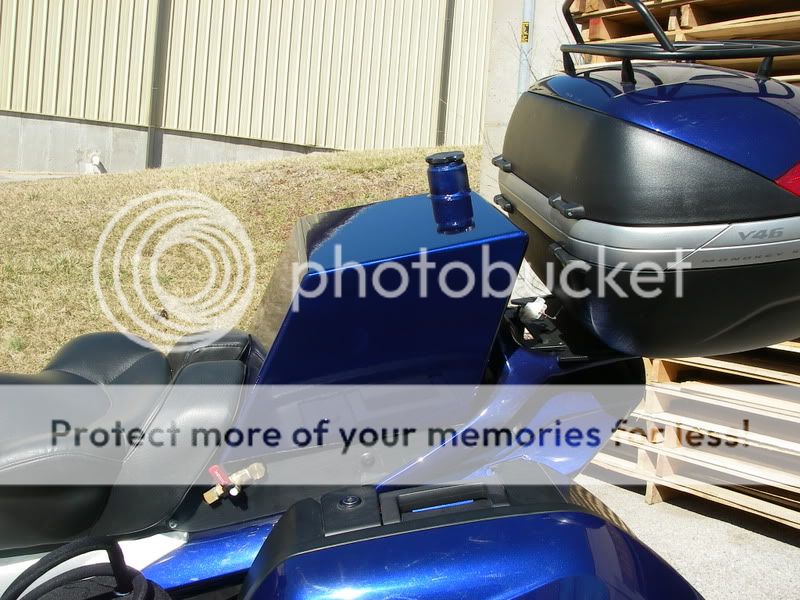"Ducks tend to run about 9 dB below a dipole. Mobile gain antennas will typically deliver between 3 and 5 dB gain depending on whether they are elevated feed or not. Horizontal orientation will contribute as much as a 20dB additional loss when communicating with a vertically polarised antenna. Stuffing the unit within a quarter wave of the tank won't help."
#1 at UHF and being a handheld in a mobil application, you may as well compare it to a rhombic because dipoles are very rarely used in that situation. You might get variations on dipoles where you have 5/8th whips that have taps located at points where the top half is a radiator and the bottom is really just an impedance matching device. In that case it is in a vertical rather than the normal horizontal dipole position. Point is a the 9db gain is a gain over an antenna that isn't even in the game. Totally agree on a possible loss of 20db by making it a horizontal to vertical shot, but what if the other guy has his radio on it's side too. That is hypothetical BS because I'll probably clip it to my tank bag in a vertical orientation.
"I'd probably fabricate and mount a bracket to the rear topcase holder or something similar. There isn;t enough significant metal on the bike to provide a ground plane and there WOULD be someforward shadowing of the energy, but it wouldn't be all that much."
If I were making this a semi-permanent installation I would absolutely agree with you. Personally, I want my radio where I can change freqs and other settings. I don't want it under the seat. There was some inference that Autocom controls a Kenwood. Don't think so. Only setting is VOX. Also, I still like the ability to take, music player, radio, and Autocom off the tank in the tank bag with me when I'm away from the bike.
"We're dealing with radio-line-of sight communications, but even so, doubling the ERP and effective sensitivity of both ends of the link WILL provide significant performance benefit."
I'll buy that, but here is something to consider. Those mileage numbers and power numbers really are a baseline to make educated guesses with. Unless you are crossing Kansas under ideal propagation conditions, 1 watts, 5 watts the effective range of these units is really more like a mile or two regardless of antenna type. If you get more it probably has more to do with luck or conditions than equipment design. If I really wanted reliable comms, I'd get a 2m or 440 Ham radio. Problem is I wouldn't have anyone to talk to. The more I find out about GMRS/FRS, that is pretty much the same situation also because there isn't a common call freq for strangers to meet on. I'm also getting to the point where I believe most of the users of these radios would have a tough time changing freqs to match conditions especially when the unit is under the seat.
"I'd take that bet that the difference between a portable wired to a proper NGP mobile antenna mounted on a bracket at the back of the bike will outperform a portable with a rubber duck stuck in your tank bag with ANY orientation by 10 dB - cable and connectors notwithstand"
You're a brave man













































